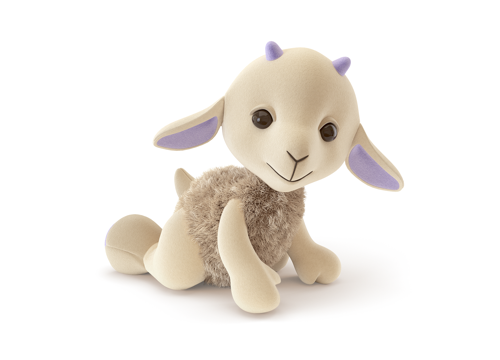When it’s not possible or realistic to fully breastfeed, the next best option is to combine feed. When a combination of breastfeeding and expressed breast milk and/or formula are offered to a baby, they still get all the benefits of breastmilk as well as additional kilojoules.
What is Combined Feeding?
Combined feeding, also known as mixed feeding or supplementary feeding, may be done in either the short or long term. Combined feeding is when a mother gives their baby expressed breast milk and/or formula alongside breastfeeding.
We used to believe that ‘comping’ a baby with formula was the beginning of the end of breastfeeding. However, when managed carefully, and with clear reasons in mind, combined feeding can actually prolong the duration of breastfeeding, especially if the baby is more contented and calm after feeds.
Combined feeding can be a temporary solution whilst a mother is building up her supply. As a short term fix it can lead to better spacing of feeds and more opportunity for a mother to rest as her supply increases. Combined feeding with expressed breast milk and/or formula can also lead to the baby feeling more satisfied after feeds, which has a flow-on effect to the mother.
When is Combined Feeding Necessary?
There doesn’t need to be a clearly defined reason for offering expressed breast milk and/or formula as well as breastfeeds. Some mothers feel more reassured their baby has had a ‘good’ feed if they offer formula as well.
- A return to paid work most commonly means the mother and her baby are apart. If the baby isn’t breastfeeding, or the mother expressing regularly, then it’s common for her breast milk supply to decrease. Some mothers are happy to breastfeed when they are with their baby, but for their baby to have formula when they’re apart.
- When a mother doesn’t have sufficient expressed breast milk to offer her baby, formula can make up the difference.
- When a mother’s breast milk supply is insufficient for her baby’s needs. Sometimes, no matter how hard a mother tries, and whatever strategies she implements, her supply does not increase. In this situation, formula is necessary to ensure the baby is getting sufficient kilojoules to grow and thrive.
- When a mother finds breastfeeding to be painful. This may be due to cracked or bleeding nipples, nipple thrush or vasospasm. Often, a mother will express her breast milk by hand or a pump, and feed her baby expressed breast milk until her nipples have healed and are more comfortable.
- When a mother has flat or inverted nipples and the baby can’t attach correctly.
- When a baby refuses to attach to the breast or can’t properly attach, even if a mother’s nipples are fine. There are a range of causes but most common baby-related issues are tongue-tie, oral thrush, cleft lip or palate or their sucking technique.
- Some women don’t like breastfeeding in public, and report it makes them feel uneasy. Although we’ve come a long way as a society of normalising breastfeeding, the reality is that some women only want to breastfeed when they are in the privacy of their own home.
- When a mother feels her baby is more contented by drinking formula as well as breastfeeding. Every mother knows her baby better than anyone else, and it’s important to feel confident about the choices we make as parents.
- When a mother has had previous breast surgery such as breast reduction or augmentation. Although current surgical practices aim to retain as much of the milk producing tissue as possible, the truth is that there is often an impact on being able to fully breastfeeding after breast surgery.
- When a mother has a medical condition, for example underactive thyroid, this influences the amount of milk her breasts produce.
- Some women don’t develop sufficient milk-producing tissue in their breasts. This is not related to the size of a woman’s breasts – many women with small breasts successfully breastfeed without any issues relating to low supply.
- When a baby is premature or unwell they are often unable to suck as effectively on the breast. They may need to conserve their energy for recovery and growth and breastfeeding is exhausting for them.
- When a mother is taking medication which is contraindicated with breastfeeding. Often, a course of medication is only short term, and it’s realistic for a mother to express to maintain her supply (and discard the expressed breast milk) until she’s off the medication.
What Formula is Best?
Any formula which is commercially available will support your baby’s growth and development. Marketing claims about superior benefits are common amongst formula manufacturers. It’s important to do your own research and make your own informed decision about what’s right for you and your baby.
If you have enough expressed breast milk to offer your baby after breastfeeds, then you may not need to give any formula. Speak with your healthcare professional about what volume of expressed breast milk or formula your baby needs after they’ve breasted. It may not be as much as you think.
Where Can I Get Help If I’m Thinking About Combined Feeding?
Always have a chat with your healthcare provider first before you start combined feeding. There are many reasons for babies to be unsettled and though hunger is one important cause, it’s not always the reason.
Check with a health practitioner first before assuming your breast milk supply may be low:
- Your Child Health Nurse
- Your healthcare professional
- Your GP and/or paediatrician
- An Australian Breastfeeding Association counsellor
- A lactation consultant




